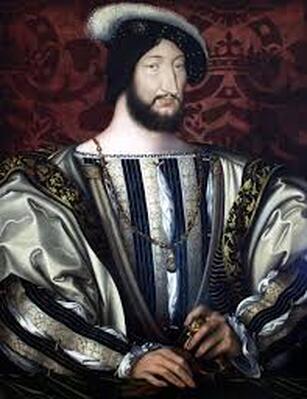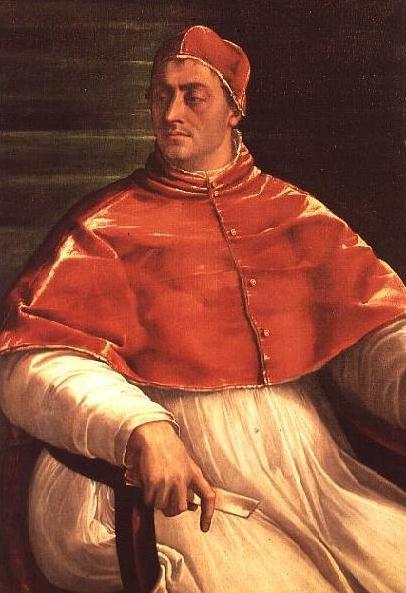Henry VIII, the Reign
Part Fifteen -
Francis Is Released from Captivity and Returns to France
Francis Is Released from Captivity and Returns to France
 Francis I
Francis I
 Clement Allied Against Charles
Clement Allied Against Charles
|
Henry VIII, the Reign.
|
Henry VIII, the Reign.
|